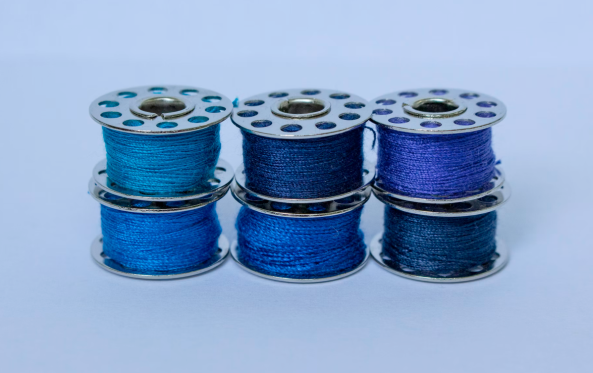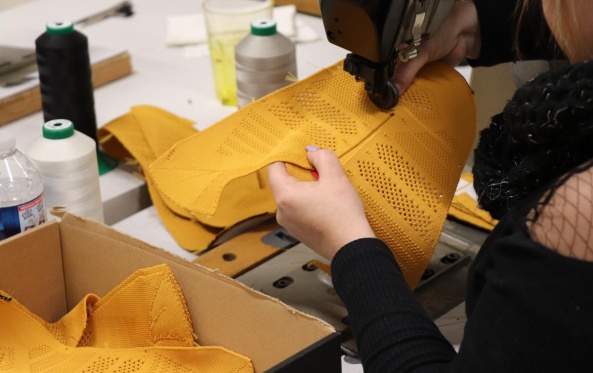
13th edition of Refashion Innovation Challenge
Refashion's Innovation Challenge is back for its 13th edition! Find out more about the call for R&D projects and how to apply!

Refashion's Innovation Challenge is back for its 13th edition! Find out more about the call for R&D projects and how to apply!

Pour la 2ème édition de son appel à projets annuel dédié au réemploi, Refashion soutient 35 projets en France métropolitaine et à La Réunion.|Pour la 2ème édition de son appel à projets annuel dédié au réemploi, Refashion soutient 35 projets en France métropolitaine et à La Réunion.
Project developers: Product development / Design Partners : Recyclers / Operators

Shoes are products which are complex to recycle. In effect, they are composed of numerous pieces and are manufactured in various materials.
We estimate that 5 different materials are used to manufacture one shoe.
To date, various solutions exist for the sorting, recycling and reuse of footwear.
The role of footwear designers is therefore to reduce the elements which put a brake on recycling and propose more eco-designed footwear choices to be able to recycle shoes at end-of-life.
Complexity of implementation
Estimated economic gain
Human means
Implementation timeframes
Try it! : Follow the sheet step by step and have a go!
Raise awareness regarding eco-design among designers and present eco-design recommendations to them (See Sheet :Try it!: Training my personnel in the stakes eco-design).
This stage is key to the success of the initiative. It's the designers who choose the materials and accessories composing the products and it is essential that they integrate the environmental aspect in their decision-making in addition to other criteria (price, design, quality).
On the basis of the product sheet list all of the components: material of the upper shoe, material of the sole, eyelets, laces … For all of the components on the product sheet, question their functions and apply the recommendations set out in the following stages (See Tool 1).
Limit material blends to facilitate their separation and consequently, their recovery.
Work on material density to facilitate separation. Creating an appropriate difference of density between the upper shoe and the sole enables them to be separated more easily for example.
Ensure that the composition is exact and stipulated on the product to facilitate the work of sorting operators.
Reduce the use of metallic parts (or prefer ferrous metals) and hard plastic parts to avoid damaging shredding equipment.
Reduce the use of adhesives to assemble components and prefer assembly via sewing, biodegradable and organically sourced glues or thermo-welding
Facilitate the disassembly of components and ensure that electronic components (connected soles for example) are removable.
During the end of season review, promote the products having performed well commercially in order to take inspiration from them for future collections.
Number of recycling disruptors.
Designers must be made aware to enable them to make the right choices in terms of materials and accessories.

Returnable jeans for a closed-loop recycling

Footwear that closes the loop!

The first eco-knitted trainer in France